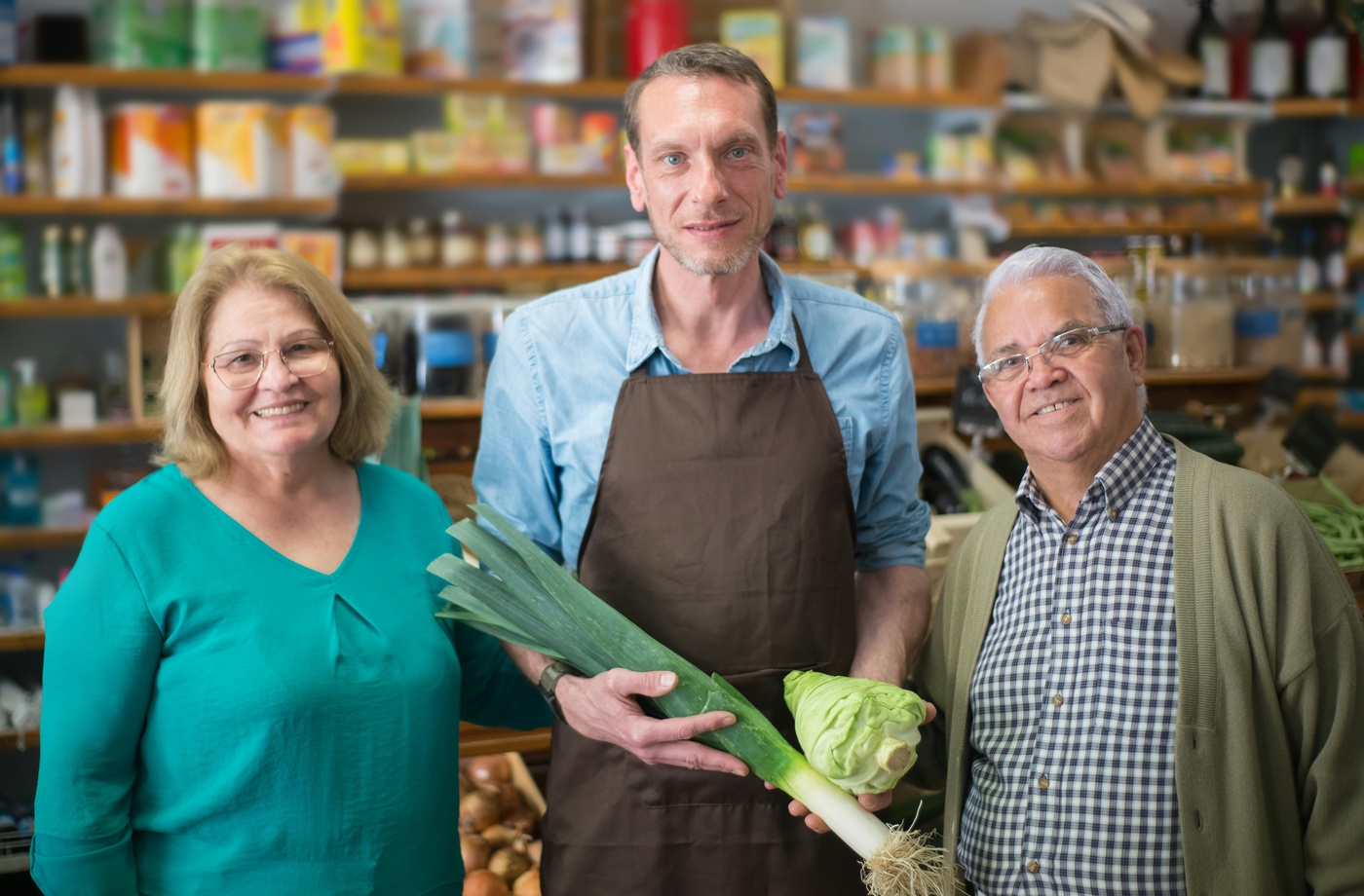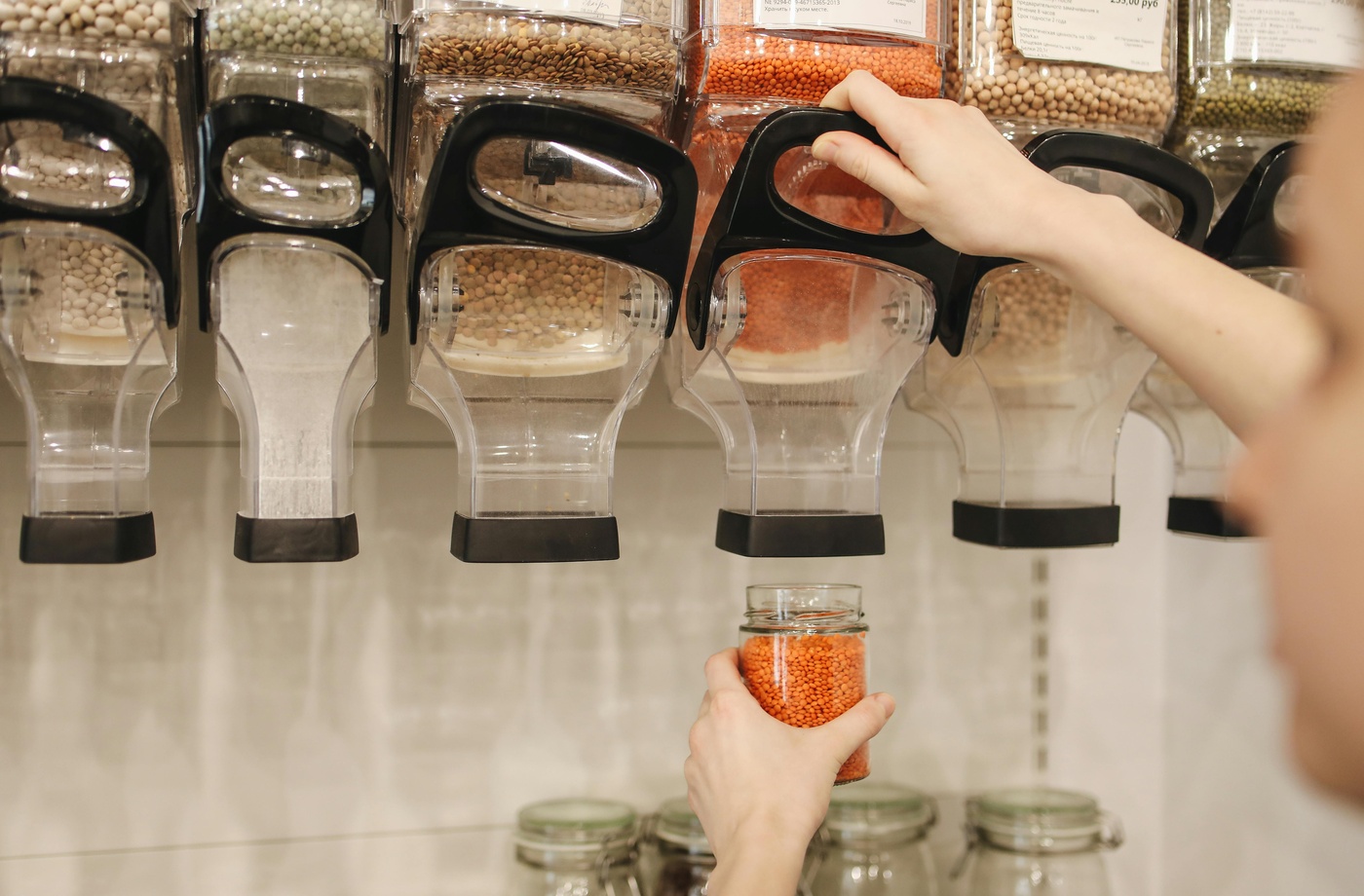Buying produce in season isn’t just better for flavor and freshness—it can dramatically lower your grocery bill. Seasonal fruits and vegetables are more abundant, often locally sourced, and cost less than their out-of-season counterparts. By knowing what to buy and when, you can take advantage of peak pricing and reduce waste from low-quality off-season produce.
Here’s how to plan your grocery shopping around the seasonal produce calendar to save money year-round.
Why seasonal produce costs less
In-season produce doesn’t need to be imported or grown in artificial conditions, making it cheaper to harvest, ship, and stock. As supply increases during peak harvest, prices naturally drop. You’ll also get better-tasting fruits and vegetables that last longer in your fridge, reducing spoilage.
According to the USDA, eating seasonally can also support local farms and reduce the environmental impact of food transportation.
Spring produce to watch for
As the weather warms, vibrant and tender produce makes its way into stores. These items are often among the first to drop in price:
- Asparagus
- Spinach
- Strawberries
- Radishes
- Peas
- Artichokes
Plan meals around salads, stir-fries, and light pastas to take advantage of these spring picks.
Summer produce staples
Summer is prime time for fresh fruit and salad vegetables. Expect lower prices and peak flavors from:
- Corn
- Tomatoes
- Zucchini
- Cucumbers
- Bell peppers
- Blueberries
- Peaches
- Watermelon
This is the best time to stock up and even freeze excess fruit for smoothies or baking later.
Fall’s hearty harvest
As temperatures drop, root vegetables and squash dominate the shelves:
- Apples
- Sweet potatoes
- Butternut squash
- Cauliflower
- Broccoli
- Pears
- Pumpkins
- Beets
Roasting, baking, and soups are great ways to build affordable fall meals using this seasonal bounty.
Winter’s cost-effective produce
Though options are more limited, winter brings durable, storage-friendly produce at lower prices:
- Cabbage
- Carrots
- Oranges
- Grapefruit
- Leeks
- Brussels sprouts
- Kale
- Potatoes
Pairing hearty greens and citrus in winter salads can stretch your budget and boost your nutrition during colder months.
How to find local seasonal deals
Use resources like the Seasonal Food Guide to look up produce by state and month. This helps tailor your grocery list to what’s actually in season where you live—especially useful for farmers’ market shopping or regional chains.
You can also browse weekly ads from Kroger or Safeway to spot price drops tied to seasonal items.
Bonus tip: freeze your produce during peak season
When prices are lowest, buy in bulk and freeze fruits or vegetables you’ll use later. Berries, corn, spinach, and even herbs freeze well. This stretches seasonal savings across months without sacrificing flavor.
Optional savings layer: digital gift cards for grocery purchases
If you want to lower costs even more, consider paying with discounted gift cards. For example, you can earn cashback with a Kroger gift card or get rewards with a Safeway gift card through Fluz. Combine that with seasonal produce buys, and you’re stacking both freshness and savings.
Explore all grocery brands offering gift card rewards through the Fluz store directory.



